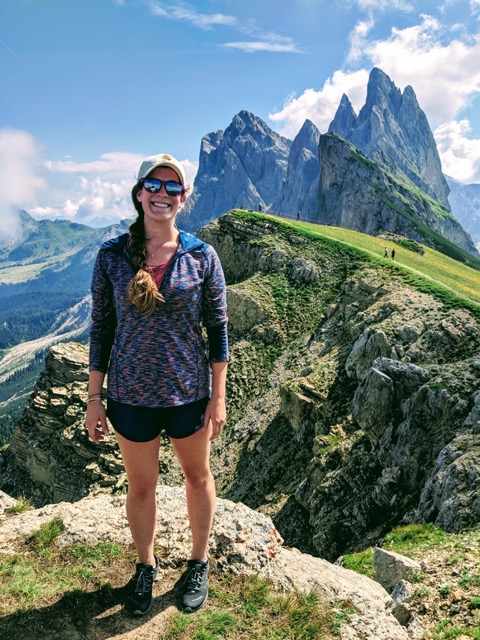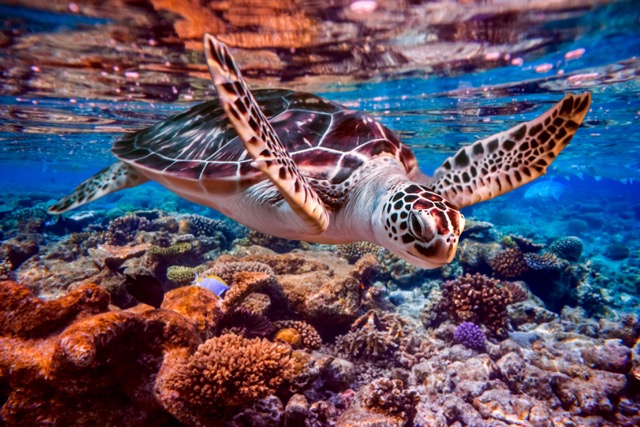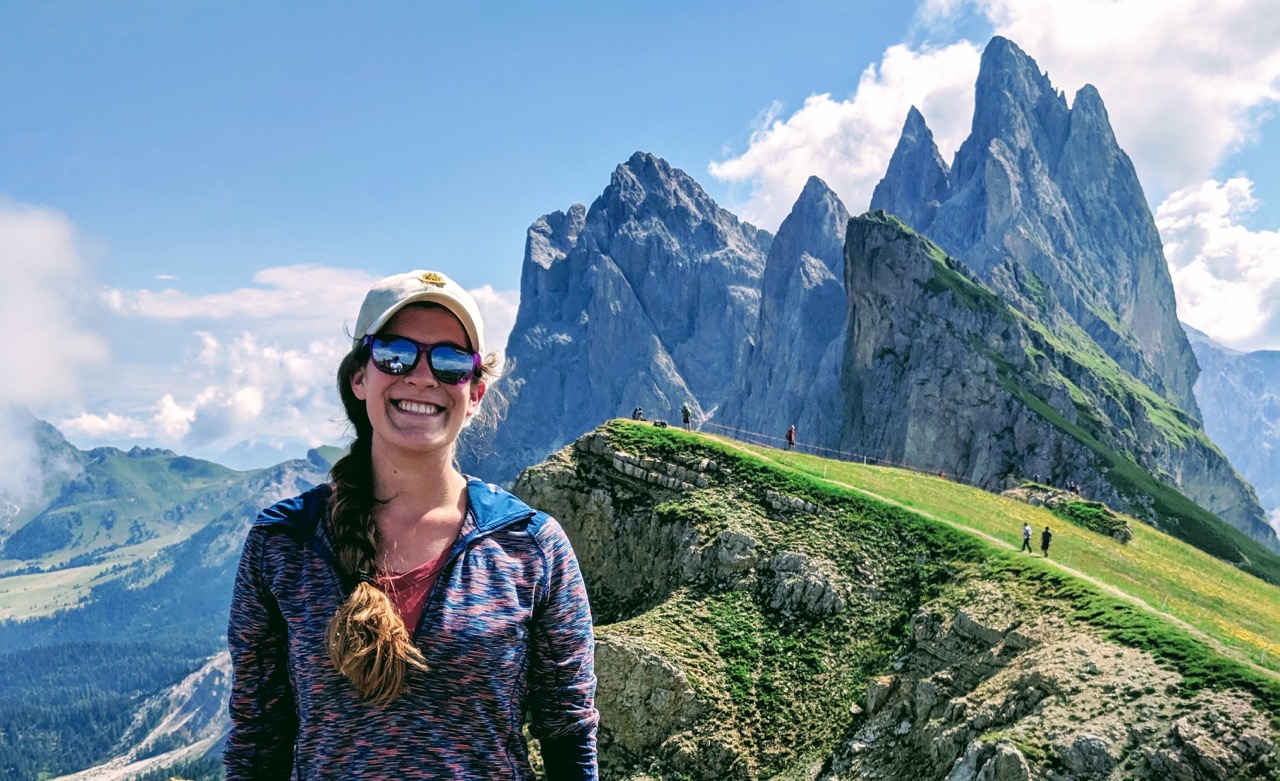Meet Kelsey Lank,Great Lakes Production Engineer
So much more than a job, so much more to do!

For as long as she can remember, Kelsey had a love for the great outdoors and protecting the environment. Call it a family tradition – she grew up hiking and camping and always knew that a desk job was not for her. “The environment has always been big in my family,” said Kelsey.
Kelsey grew up in Michigan and began attending engineering camps when she was just 13 years old. Her love for the environment together with an enjoyment of working with her hands and getting dirty – it was almost preordained that she would find herself majoring in environmental engineering at Michigan Technological University.
Currently, as a production engineer, Kelsey performs engineering modeling and analysis of past project performance to design the production plan for new project estimates. Upon a successful bid, Kelsey follows the project through execution where she enjoys working with the field to help optimize production. “Being in touch with our site teams and crew members is integral to my position,” said Kelsey.
It was Kelsey’s interest in research and analysis that led her to writing a paper entitled “Investigation into Alternative Turtle Mitigation Strategies with Trailing Suction Hopper Dredges,” a paper that she has presented at numerous industry conferences and one that has received much attention and traction, as well as changing how our clients view sea turtles in relation to the projects we perform on their behalf.
“We have a responsibility to protect marine life,” says Kelsey. “The turtle mitigation measures we use are good but not perfect. We can do more.” Current measures employing TEDs and tickler chains are effective, but not perfect. Sea turtle bycatch still occurs, despite utilizing devices like TEDs that reduce dredge production. In her research, Kelsey looked at strategies that could be more successful in protecting sea turtles and reducing the impact on production, such as employing visual cues to alert marine life instead of sediment waves. If proven successful, visual cues are a more flexible, cost-effective option to TEDs that do not impact production. More importantly, if the TEDs could be removed, production would increase, project times would decrease, and ultimately the time spent in, and the impact to, the marine environment would be less.

“There is so much to be done. We do not have to accept that while our work produces many benefits, there are these negative impacts. We can change things so that it is better for the environment, marine life, and production. That is what we all want. We want to do our jobs as efficiently as possible and still protect communities. Ultimately that is what we are doing with dredging.”
This is not just Kelsey’s job; it is who she is. Many thanks to Kelsey for her work to better protect sea turtles (who she refers to as sweet little babies) during dredging operations!
Comments are closed.

